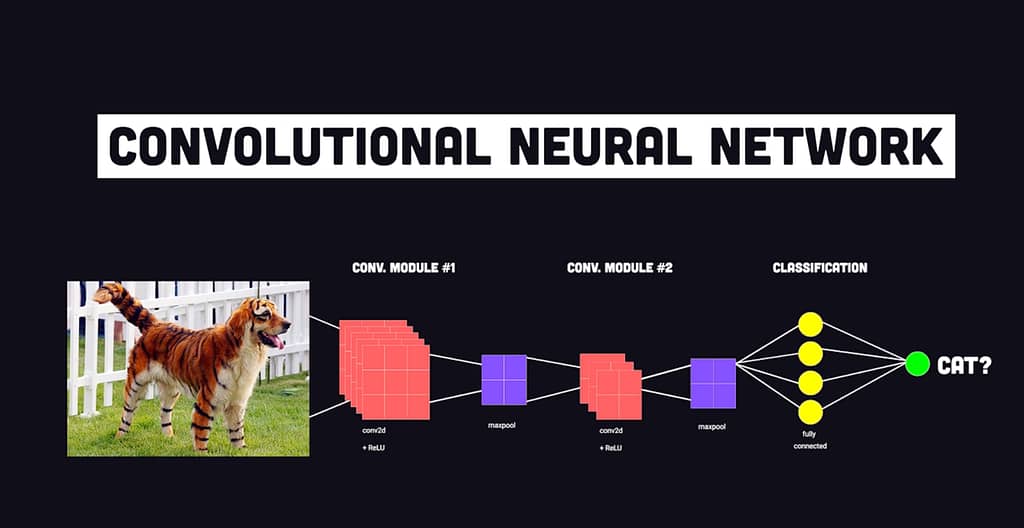Machine learning, often abbreviated as ML, is a transformative technology that enables computers to perform tasks without explicit programming. Instead of instructing a computer step by step, machine learning involves feeding data into algorithms, allowing the computer to improve its performance through experience. This concept, although coined by Arthur Samuel in 1959, has gained significant prominence in recent years. Predictive models driven by machine learning algorithms have become integral to numerous everyday products, serving two primary functions: classification and prediction.
Data Acquisition and Preprocessing:
The journey of machine learning begins with data and lots of it. The quality of the data directly influences the efficacy of the algorithm. The old adage “garbage in, garbage out” holds true in the realm of machine learning. Data scientists play a vital role in this phase, engaging in feature engineering to convert raw data into features that best represent the underlying problem.
To evaluate the performance of a machine learning model, data is typically divided into two sets: a training set and a testing set. The training data is used to build the model, while the testing data is employed to assess the model’s accuracy and error rates.
Choosing the right algorithm is a pivotal step. Depending on the nature of the problem, one might opt for simpler statistical models like linear or logistic regression or more complex solutions such as decision trees or convolutional neural networks (CNNs). CNNs, in particular, excel in tasks involving images and natural language, as they can automatically generate features from the input data.
The essence of machine learning lies in the model learning process. Algorithms improve their performance iteratively by comparing their predictions to an error function. For classification tasks like identifying animals or objects, the error function might measure accuracy, while regression problems, such as predicting future prices, may use metrics like mean absolute error.
Python is the predominant programming language for data scientists, but alternatives like R and Julia are also popular. A plethora of frameworks and libraries further simplify the machine learning process, making it accessible to a wider audience.
Once a model is trained and fine-tuned, it becomes a deployable file that takes input data and produces predictions while minimizing the error it was optimized for. These models can be embedded in various devices or deployed in the cloud, serving as the foundation for real-world applications.

Artificial intelligence vs. machine learning
Artificial intelligence (AI) and machine learning (ML) are often used interchangeably, leading to confusion about their true nature and differences. This article aims to provide clarity by defining and differentiating between AI and ML.
Artificial Intelligence (AI):
AI, in its essence, seeks to match or surpass human capabilities and intelligence. It encompasses various facets, including the ability to discover new information, infer from existing data, and reason to reach conclusions. AI endeavors to replicate human-like thinking and problem-solving processes. It extends beyond mere data analysis and prediction, striving to mimic human cognitive abilities comprehensively.
Machine Learning (ML):
ML, on the other hand, is a subset of AI. It primarily revolves around the concept of predictions and decisions based on data. ML algorithms learn from vast datasets without explicit programming, making it a sophisticated form of statistical analysis. Unlike traditional programming, where code dictates outcomes, ML adapts and improves its performance as it encounters more data. ML can be categorized into supervised and unsupervised learning, with supervised learning involving human oversight through labeled data and unsupervised learning delving into finding patterns not explicitly stated.
Deep Learning (DL):
Deep learning is a specialized field within ML. It employs neural networks with multiple layers to model intricate relationships between data points. The term “deep” signifies the depth of these networks, which can comprise numerous interconnected nodes. Deep learning can yield powerful insights from data but may not always provide transparency regarding how it arrived at a particular conclusion. This opacity can pose challenges in determining the reliability of results.
AI as the Superset:
To visualize the relationship, one can think of AI as a superset encompassing ML, DL, and numerous other domains. These include natural language processing (NLP), computer vision, robotics, speech synthesis, and motion control. AI aims to replicate not only human cognitive processes but also sensory and motor abilities. It aspires to create systems that can perceive, understand, and interact with the world in ways akin to humans.
In conclusion, the equation “AI vs. ML” oversimplifies the intricate landscape of artificial intelligence. Instead, it is more accurate to view machine learning as a subset of AI. When engaging in machine learning or other specialized AI fields like deep learning, one is, in fact, practicing artificial intelligence. These technologies collectively form the foundation of an evolving field that holds immense promise for transforming industries and improving our daily lives.




